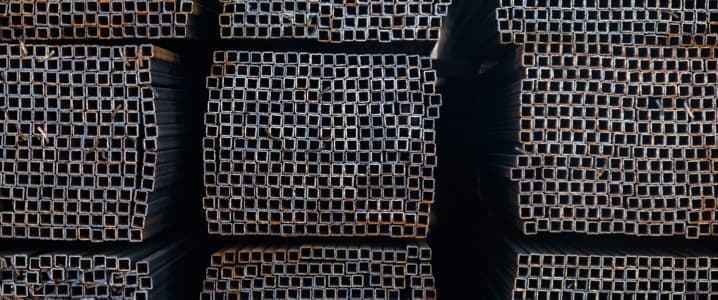
China has formally challenged Canada’s steel tariffs by filing a complaint with the World Trade Organization (WTO). This action has intensified scrutiny on the already complex trade dynamics between the two nations, which have faced escalating tensions in recent years. Both countries have previously implemented reciprocal tariffs on a variety of goods, including canola and electric vehicles.
The complaint, lodged by the Ministry of Commerce of the People’s Republic of China (MOFCOM), claims that Canada has violated WTO regulations through discriminatory tariffs and steel tariff rate quotas. Specifically, China points to a 25% surtax imposed on steel products that are “melted and poured” in China, while U.S. imports are exempted. According to MOFCOM, these measures are “unilateral and protectionist,” disrupting global supply chains and infringing on China’s trade rights.
China’s action comes in the wake of Canada adopting trade protectionist policies similar to those of the United States. This escalates a series of ongoing disputes surrounding Chinese steel exports and highlights a potential shift in the global trade landscape.
Background on the Trade Dispute
The new rules targeting imports that exceed quota limits took effect on August 1, 2023. If the WTO upholds China’s complaint, it could deter other nations from instituting similar origin-based tariffs. The implications of this ruling may stretch beyond Canada, as it could redefine the criteria for “melted and poured” origin rules, which many countries use to regulate imports.
Canada’s Department of Finance has countered China’s claims, arguing that the tariffs are necessary due to global steel overproduction and existing U.S. tariffs. Some analysts interpret China’s complaint as a warning to other Western economies contemplating similar restrictions, indicating they may face legal repercussions.
This WTO complaint initiates a formal dispute resolution process, which could lead to consultations or a panel ruling if the issue remains unresolved. Experts in the sector suggest that Canada may find justification for maintaining these measures under international trade law.
Implications for Global Trade
The dispute is not limited to Canada. A recent proposal from India’s Directorate General of Trade Remedies (DGTR) recommends a phased three-year import tariff on select steel products, aimed at curbing rising shipments from China and protecting its domestic industry. The DGTR cites a significant increase in imports from China as a serious threat to Indian producers. Should the Indian government adopt this proposal, the import duty would begin at 12%, decreasing to 11.5% in the second year and 11% in the final year.
This initiative builds on a temporary safeguard duty introduced in April 2023, which was in response to a prior surge in steel imports. The DGTR emphasizes that the proposed tariff is not just a reaction to current challenges but also a preventive measure against future threats to the domestic steel sector.
China’s longstanding practice of exporting steel at lower prices than domestic markets is facing scrutiny not just from Canada and India, but also from other nations. Recently, Japan’s steel lobby has called for stronger anti-dumping measures, while countries like South Korea and Vietnam have already implemented tariffs on Chinese steel, following precedents set by previous U.S. administrations.
As these trade disputes unfold, the global steel market remains in a state of uncertainty. The interplay between tariffs, international regulations, and domestic interests will continue to shape the landscape, raising questions about the future of international trade norms and practices.






